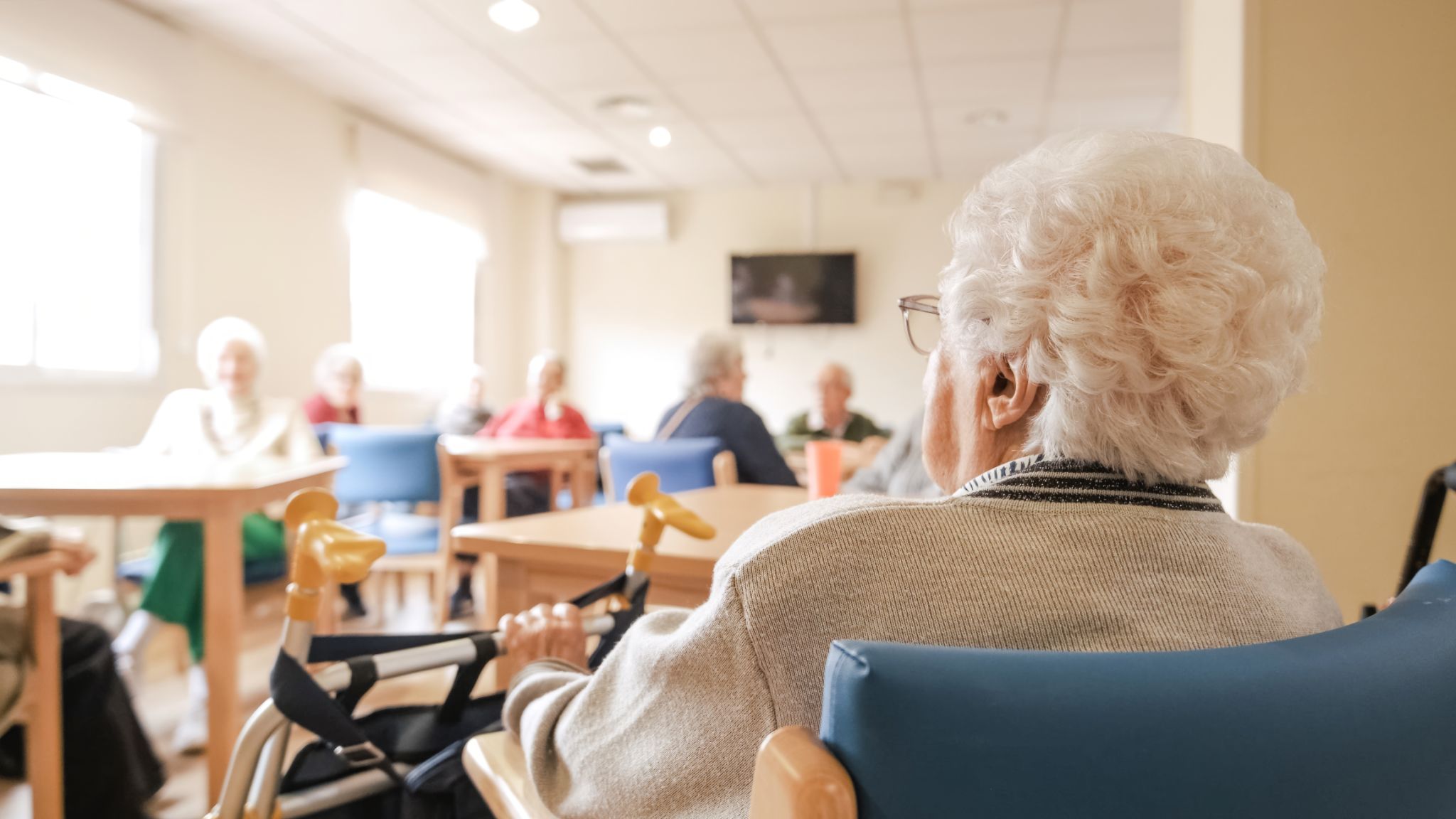How to Navigate Local Elderly Care Regulations
Understanding the Basics of Local Elderly Care Regulations
Navigating local elderly care regulations can be a daunting task, yet understanding these rules is crucial for ensuring the safety and well-being of our elderly loved ones. Each region may have its own set of guidelines, often influenced by national standards but tailored to local needs. Familiarizing yourself with these regulations is the first step toward compliance and quality care.
Local regulations typically cover a wide range of areas, including facility licensing, staff qualifications, safety protocols, and resident rights. These rules are designed to protect both the residents and the care providers, setting a standard for quality and accountability.

Researching Local Requirements
The first step in understanding local elderly care regulations is thorough research. Local government websites, health department resources, and community centers are valuable starting points. They often provide comprehensive guides and FAQs that can help clarify complex regulatory language.
Another effective approach is to connect with local advocacy groups or professional associations dedicated to elderly care. These organizations often have up-to-date information and can provide insights into any recent changes or updates in regulations.
Licensing and Inspection Procedures
One of the most critical aspects of local elderly care regulations is licensing. Facilities must meet specific criteria to obtain and maintain their license, which typically involves regular inspections to ensure compliance with safety and health standards.
Inspection procedures can vary, but they generally include evaluations of the facility’s infrastructure, emergency preparedness plans, and staff training programs. Being prepared for these inspections by maintaining meticulous records and ensuring all protocols are followed can help avoid potential fines or penalties.

Ensuring Staff Compliance
Staff qualifications and training are integral components of local elderly care regulations. Care providers must often undergo specific training programs and obtain certifications to ensure they are equipped to handle the diverse needs of elderly residents.
Regular staff training sessions should be conducted to keep everyone updated on the latest care techniques and regulatory changes. Encouraging continuous education not only complies with regulations but also enhances the quality of care provided.
Resident Rights and Protections
Understanding the rights and protections afforded to residents under local regulations is paramount. These rights often include access to personal belongings, privacy, participation in activities, and the ability to voice grievances without fear of retaliation.
Facilities must have clear policies in place to safeguard these rights and educate both residents and their families on how to report any violations. Transparency and open communication are key to fostering trust and ensuring a safe environment for all residents.

Staying Updated with Regulatory Changes
Regulations can change frequently, reflecting new research findings and societal shifts in how elderly care is perceived and delivered. Staying informed about these changes is essential for compliance and ensuring the highest standard of care.
Subscribing to newsletters from regulatory bodies, attending workshops, or participating in webinars are effective ways to stay current with any updates. Networking with other care providers can also provide valuable insights and support.
In conclusion, navigating local elderly care regulations requires a proactive approach. By staying informed, fostering open communication, and prioritizing continuous education, you can ensure compliance while providing compassionate and high-quality care for your elderly residents.